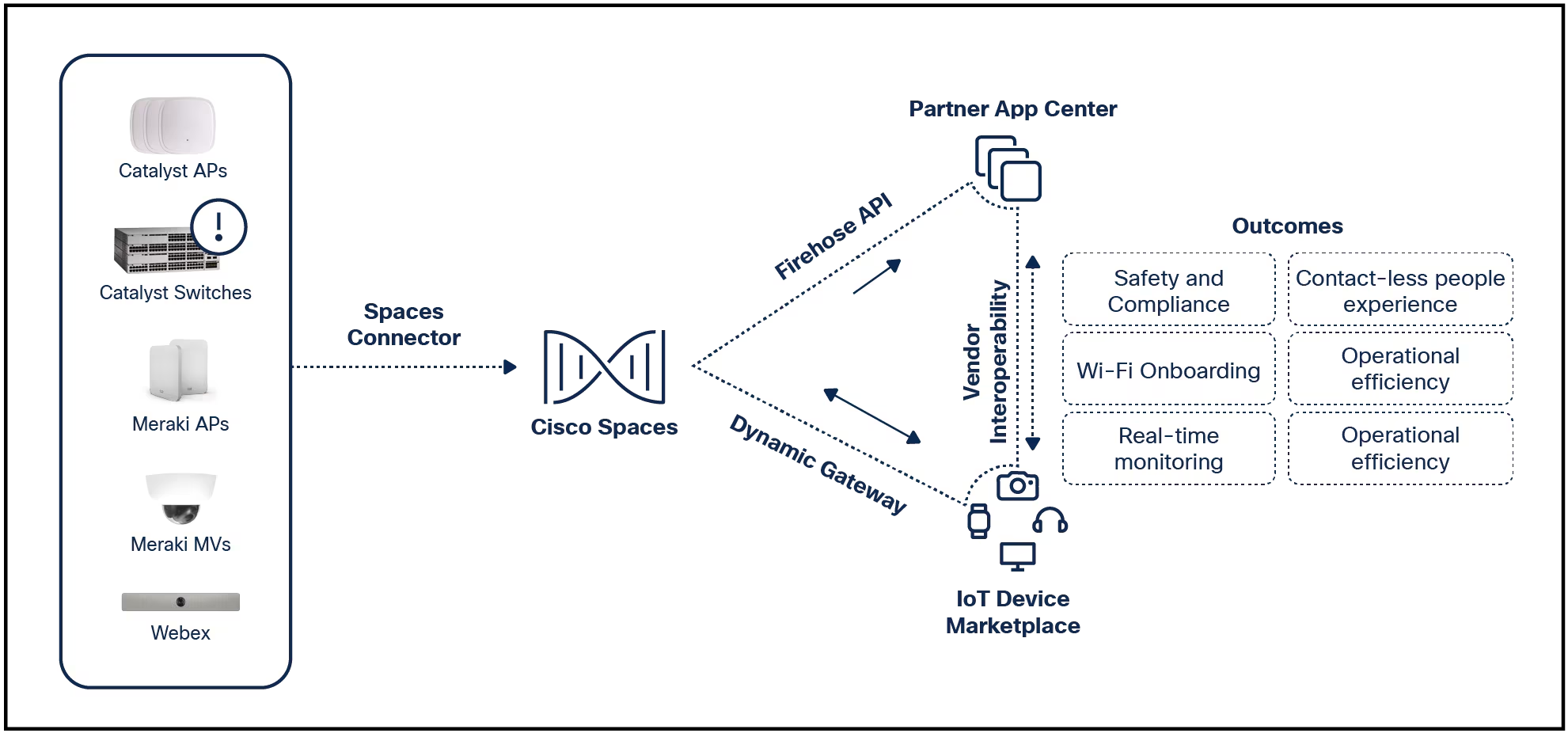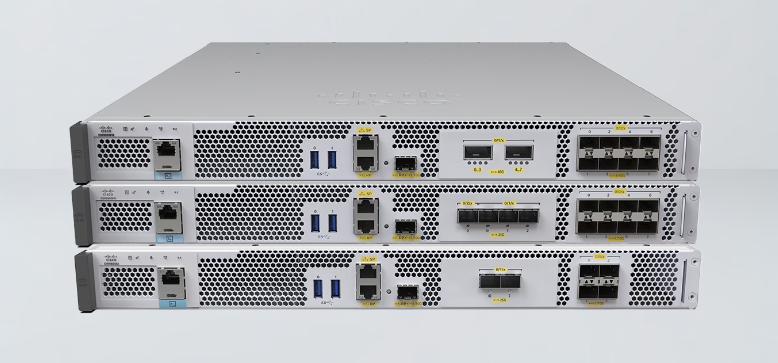































I've been a huge fan of Cisco and NetApp's FlexPod since 2011, when I had the pleasure of working with it for the first time. We had just gotten two brand new UCS Chassis full of B-Series blades, and I was impressed with how quickly I had them up and running. I wired up the UCS Chassis to a Nexus 5000 switch I had in the lab, as well as a NetApp FAS2020, it wasn't pretty, and it wasn't in the same rack, but it was still a FlexPod. When I did some firmware updates a couple of weeks later, again, it was simple process. I could have actually scheduled it to run later, which I thought was an extremely cool feature. It took next to no time to have everything revved to current levels (the poor UCS sat in the lab neglected for a few months before I got my hands on it).
FlexPod has come a long way since then, so let's take a look at some of the hottest Cisco Validated Designs out there today, and a little bit more about what makes a FlexPod a FlexPod
CVDs and You
What is a Cisco Validated Design, you ask? Also known as CVDs, they are the heart of FlexPod. CVDs are a prescriptive configuration and method of deployment that is ready to roll. The guess work, the testing, and the qualification between products has already been done for you. There's no doubt that the FAS8000 you are deploying is ready to go with the UCS severs, as well as the Nexus 9000 that has come along with it. All of the OS and firmware versions are specified for you in the CVD. If you take a look at the FlexPod Datacenter with Microsoft Private Cloud Fast Track 4.0 and Cisco Nexus 9000 Series Switches CVD, you will find everything you need from architecture diagrams, to cabling diagrams, to the commands you will need to run to configure each component of the FlexPod.
What if deploying a FlexPod in house isn't quite for you due to personnel or time constraints? That's quite alright. There are plenty of FlexPod certified partners to help you along the way, whether you want your FlexPod to arrive on site ready to go, or you want to work side by side with partners who build FlexPod on a daily basis. How you consume FlexPod is completely up to you, and what works best for your organization.
Designed For the Future
One of the most exciting aspects of FlexPod is there are always new CVDs or NVAs (NVAs are NetApp Validated Architectures, which are a lot like CVDs with NetApp leading the engineering effort) coming out with cutting edge technologies. One example of this is the FlexPod Datacenter with VMware vSphere 5.5 Update 2 and Cisco Nexus 9000 Application Centric Infrastructure (ACI) CVD. Some of the vSphere CVDs are my favorites, after all, as a former VMware architect and administrator, I can certainly appreciate the standard approach to an ESXi infrastructure FlexPod enables.
ACI is an interesting approach to the infrastructure we're so familiar with. The aim of ACI is to move us all towards a policy based method of management for our infrastructure, instead of having to focus on each individual component and how they interact with each other. ACI uses a policy based protocol called OpFlex to enable this.
For a great overview of ACI, check out Episode 16 of the#CurrentStatus podcast hosted by me, Melissa Palmer (@vMiss33), Phoummala Shcmitt (@ExchangeGoddess), and Theresa Miller (@24x7ITConnect), joined by special guest Lauren Malhoit (@malhoit)
As we see the rise of Software Defined Everything, moving to a policy based method of management just makes sense, and no one can deny the network is one of the core components of any infrastructure. Luckily, we have the Nexus 9000 to get us there. Besides all of the cool features of ACI, I personally can't wait to run my VMware data stores over NFS on a 40 GbE infrastructure in the not so distant future.
Beyond the Data Center
What about for our needs outside the data center? It would be great if we could host all of our infrastructure centrally, but often there are business requirements and lend themselves to creating infrastructure in branch offices, where we may not even have dedicated information technology staff. There are also FlexPod solutions for this scenario, allowing you to continue to use the same management tools your staff is used with their FlexPod in their data center. We've had FlexPod Express for a while, which is great for small and medium business, besides branch offices. FlexPod Express is based off of the Cisco C-Series rack mount servers, as well as a smaller NetApp device, such as a FAS2552. New this year is FlexPod with UCS Mini. For those of you who aren't familiar with UCS mini, think of the UCS blade chassis you have come to know and love. The ability to condense servers in the blade form factor, coupled with the hardware abstraction provided by UCS's Service Profiles is a powerful asset in the data center, especially when looking at deploying environments such as a stateless hypervisor based environment to host your virtual server infrastructure. Instead of the typical Fabric Interconnects, the UCS Mini's UCS 6324 Fabric Interconnect plugs right into the back of the chassis, allowing us to save space and further simplify small deployments.

(The components of FlexPod with UCS Mini, from the FlexPod with UCS Mini Design Guide)
Putting the Flex in FlexPod
One of the reason all of the FlexPod components, UCS, Nexus, and Clustered Data ONTAP, work so well, is they share the same fundamental notion in their architectures, the notion of scale, and the flexibility of FlexPod. I can add more of each individual component as I need it, and it still remains a FlexPod. More storage controllers? Still a FlexPod. What's that? I have UCS blades, and want to add some rack mounts? Still a FlexPod. Non-disruptively switch out the storage controllers? Yep, still a FlexPod. Any workload you can imagine has a CVD or a NVA to guide you, and the ability to scale with various components to meet your needs.

(Taken from the FlexPod Datacenter with VMware vSphere 5.5 Update 2 and Cisco Nexus 9000 Application Centric Infrastructure (ACI) Design Guide)
Beyond the abilities of the UCS platform, and the ability to flexibly deploy servers and abstract server personalities from the underlaying hardware is another key component of the FlexPod architecure, the Cisco Nexus switch infrastructure. The philosophy behind Nexus, any personality on any port, is just another layer of abstraction. I don't need separate SAN and Ethernet switches any more, I can use a Nexus and flip personalities in minutes. I can run ESXi over NFS tomorrow, and be running it over SAN the next day with minimal reconfiguration. Unified architectures really are a thing of beauty.
Finally, comes the storage. Cisco Nexus' NX-OS NetApp FAS' Data ONTAP both take unified architectures to the next level. I can run any storage protocol I want on my array, just like I can have any personality I want on my Nexus port. The use of Storage Virtual Machines in Clustered Data ONTAP once again abstracts logical from physical, by allowing the movement of volumes between any node in the cluster, and providing a single namespace for access. This can let me do unique things like leverage SAS on one controller, and SATA on another, all from the same logical construct. I can apply Quality of Service to this container, which can be great if I want to give a development team a pool of storage, and let them do whatever they want to it without having to worry about them impacting production.
We've talked about FlexPod Datacenter, a key infrastructure building block, as well as FlexPod Express and FlexPod with UCS Mini, the solutions for smaller organizations and branch offices. There's still one more flavor of FlexPod out there. FlexPod Select is a more recent development, and more suited for the workloads I need to be high performing, like my big data analytics. Hadoop reference architectures are again, easily deployed on the platform. The best part is I manage these components just like I manage my FlexPod Datacenter. There's a FlexPod to meet any organization's business needs, and they are all inherently flexible by design.
This is FlexPod
A FlexPod is an integrated infrastructure architecture that relies on three components, Cisco UCS for compete, Cisco Nexus for networking, and NetApp FAS for storage. All these components have been architected with flexibility in mind, allowing you to deploy the FlexPod that meets you're requirements, in a manner that works for your organization. You can deploy FlexPod Express in branch offices, and FlexPod Datacenter to run your key infrastructure application workloads, such as virtualized servers and desktops. You can also deploy FlexPod select to take care of your big data and analytics needs. FlexPod gives us the flexibility to deploy our infrastructure as we see fit, while getting ready for the policy based future by gradually integrating a policy based infrastructure with Cisco ACI at the core into our environment. The future is coming, and FlexPod is helping us get ready for it.
 Hot Tags :
Cisco UCS
#CiscoChampion
FlexPod
Nexus 5000
FAS
Hot Tags :
Cisco UCS
#CiscoChampion
FlexPod
Nexus 5000
FAS